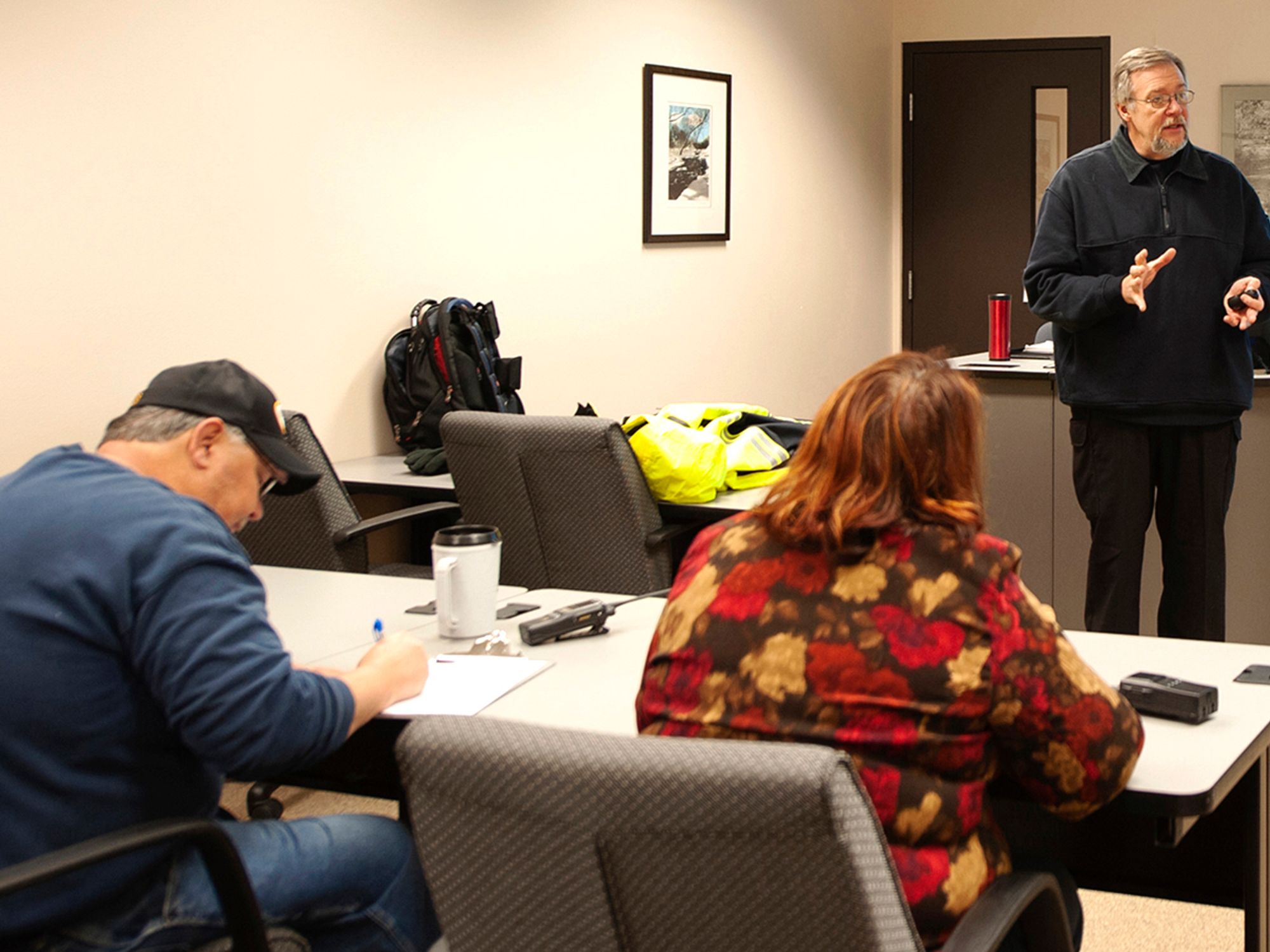What are the key definitions?

- OSHA refers to ANSI Z308.1 to define the minimal contents of a workplace first-aid kit.
- First aid is emergency care provided for sudden injury or illness before medical treatment is available. A person trained in the delivery of initial medical emergency procedures is referred to as the first-aid provider.
- Emergency care must be in near proximity to the workplace, meaning no more than 3-4 minutes away.
ANSI Z308.1: An American National Standards Institute (ANSI) standard that the Occupational Safety and Health Administration (OSHA) refers to as the minimal contents of a workplace first aid kit. OSHA’s referral is non-mandatory, and the kits described are suitable for small businesses.
ANSI Z358.1: An ANSI standard that provides specifications for the design, testing, maintenance, and use of emergency eyewash and shower facilities. OSHA accepts equipment meeting ANSI Z358.1 specifications as being sufficient for compliance with 1910.151(c).
First aid: Emergency care provided for injury or sudden illness before emergency medical treatment is available. The first-aid provider in the workplace is a person trained in the delivery of initial medical emergency procedures, using a limited amount of equipment to perform a primary assessment and intervention while awaiting the arrival of emergency medical service (EMS) personnel.
Near proximity: For the purposes of 29 CFR 1910.151, OSHA interprets the term “near proximity” to mean that emergency care must be available within no more than three to four minutes from the workplace.
Corrosive: A chemical that causes visible destruction of, or irreversible alterations in, living tissue by chemical action at the site of contact. In general, corrosive materials have a very low pH (acids) or a very high pH (bases). Strong bases are usually more corrosive than acids. Examples of corrosive materials are sodium hydroxide (lye) and sulfuric acid.
Exposure: In terms of the requirement to provide an eyewash/shower, “exposure” means that there is an actual or likely chance that an employee’s eyes and/or body could come into contact with a corrosive material. If hazardous materials are present at a worksite in such a way that exposure could not occur (for example, in sealed containers that will not be opened, or caustic materials in building piping), then an eyewash or emergency shower would not be necessary. However, if the building piping containing caustic materials has, at certain locations, a spigot or tap from which the contents are to be sampled or withdrawn, and employees are expected to perform such tasks, then, an emergency eyewash and/or shower would be needed where this task is to occur.
Flushing fluid: Potable water, preserved water, preserved buffered saline solution or other medically acceptable solution.
Tepid: Flushing fluid that is a temperature which promotes continuous flushing for the required minimum of 15 minutes. ANSI defines tepid as a temperature range between 60- and 100-degrees Fahrenheit.
